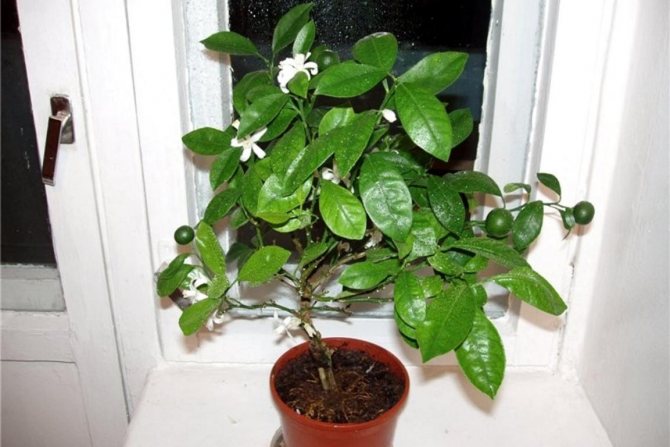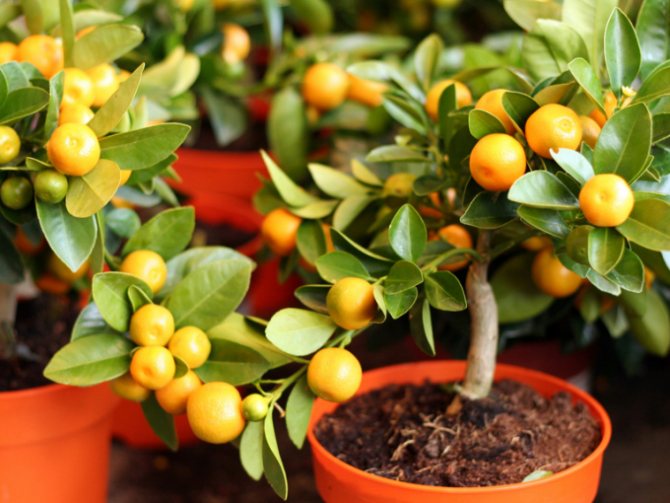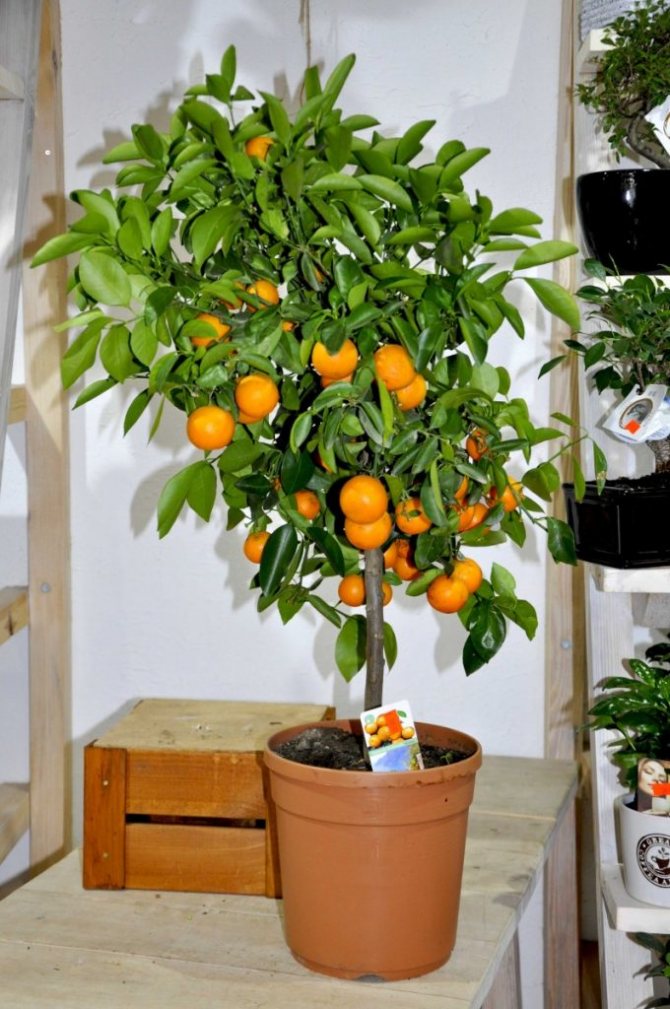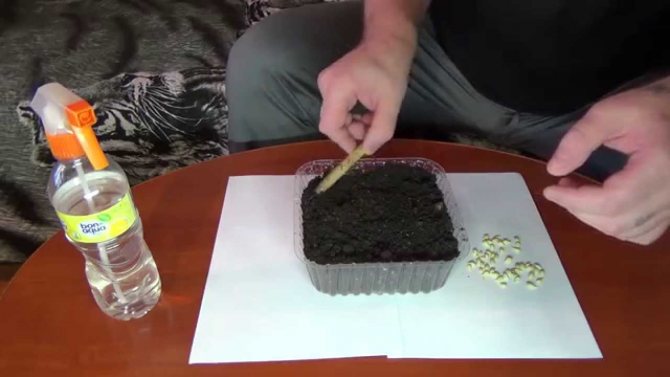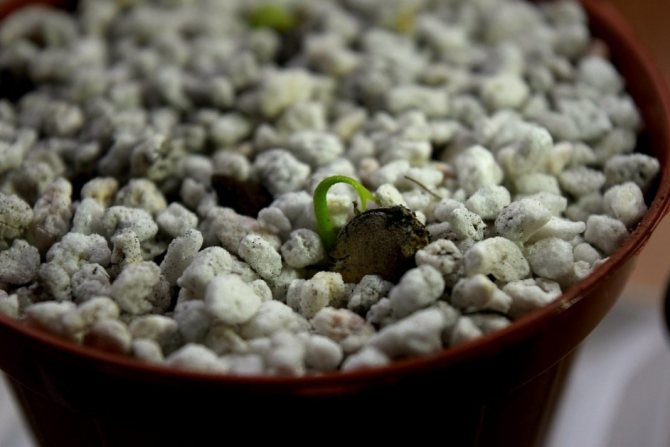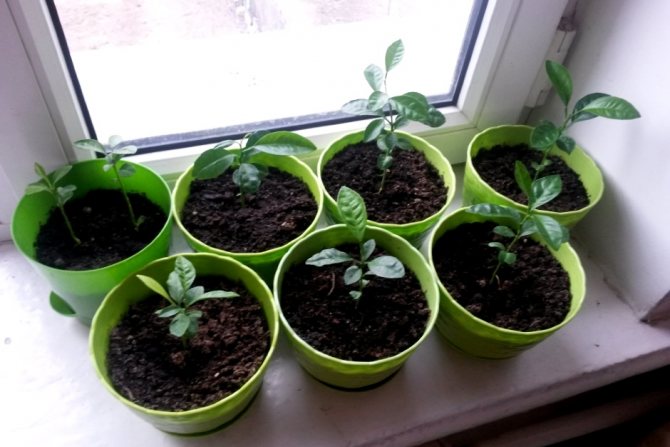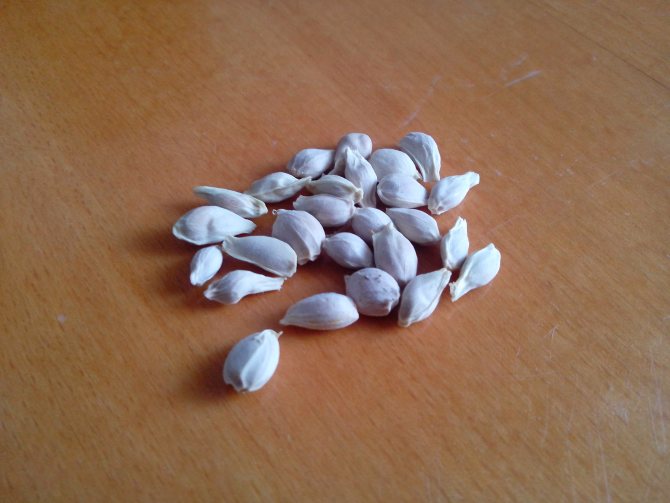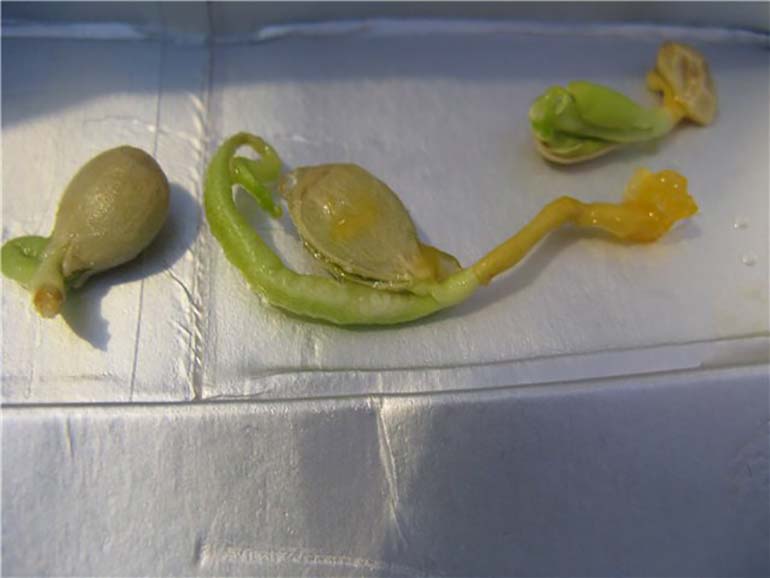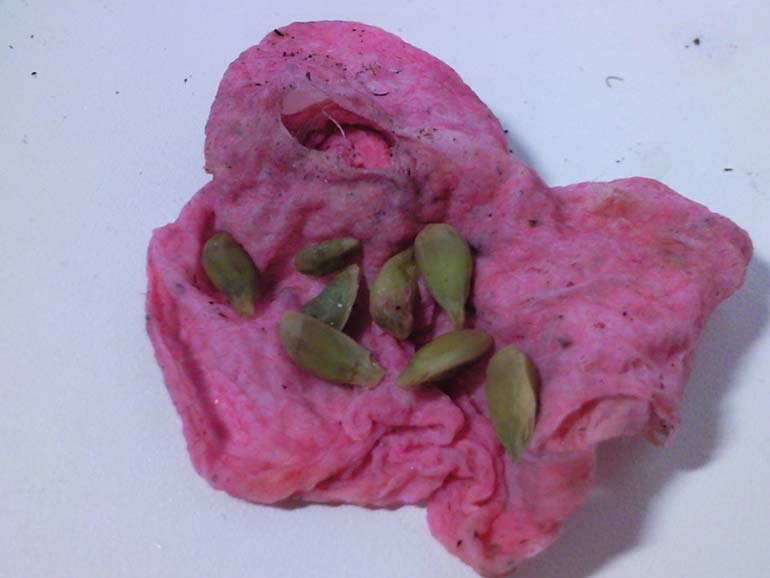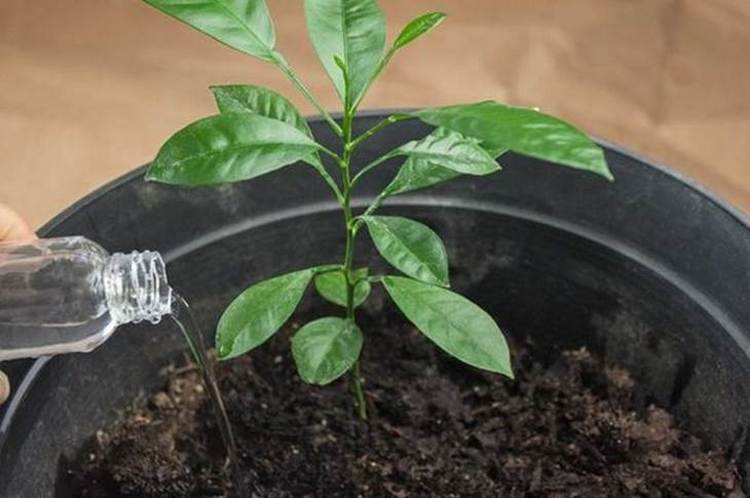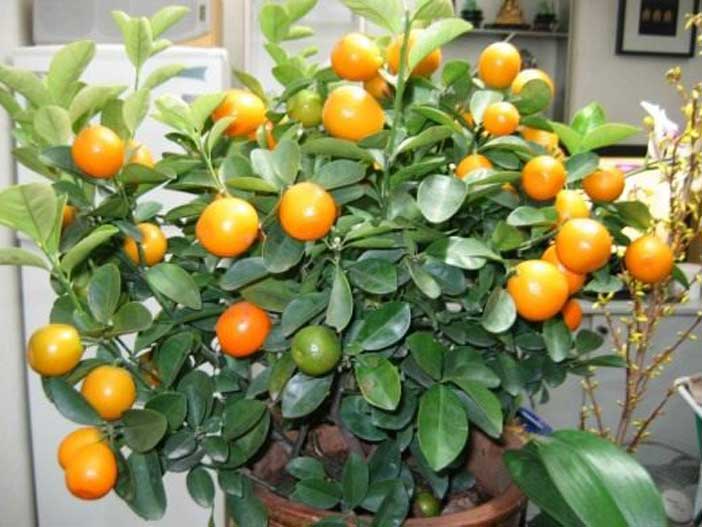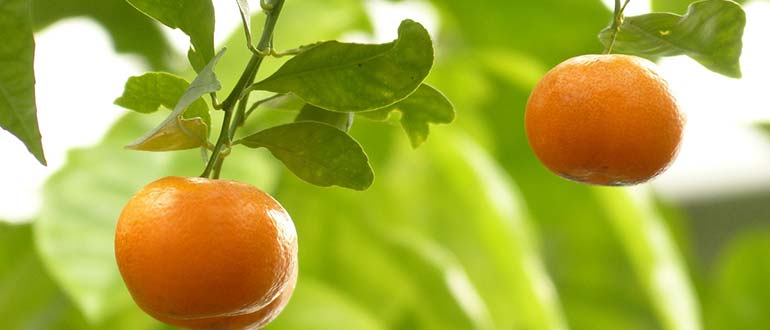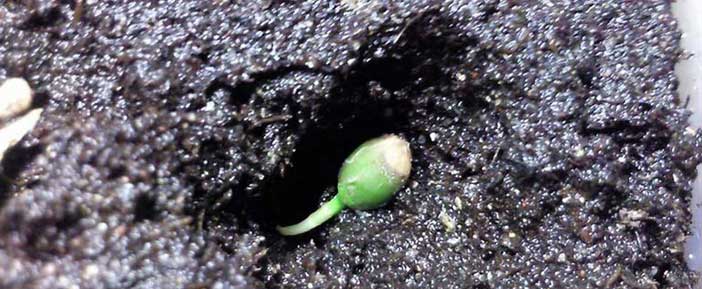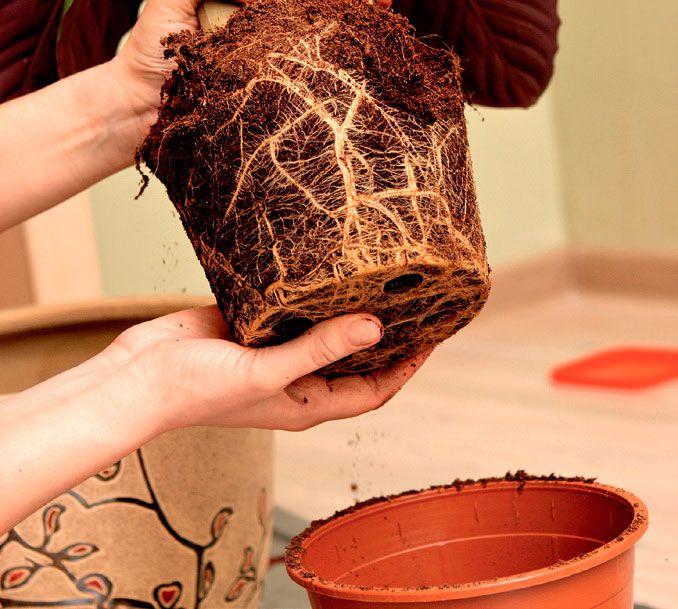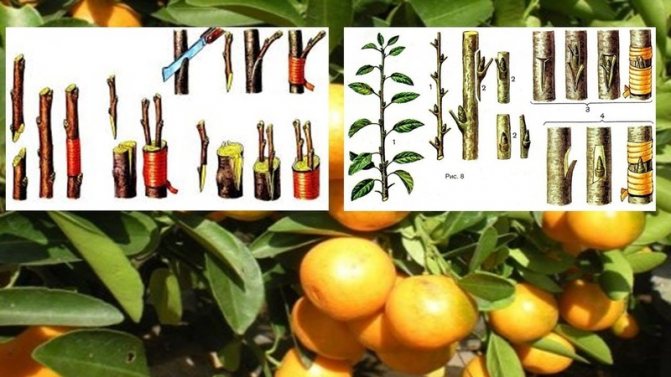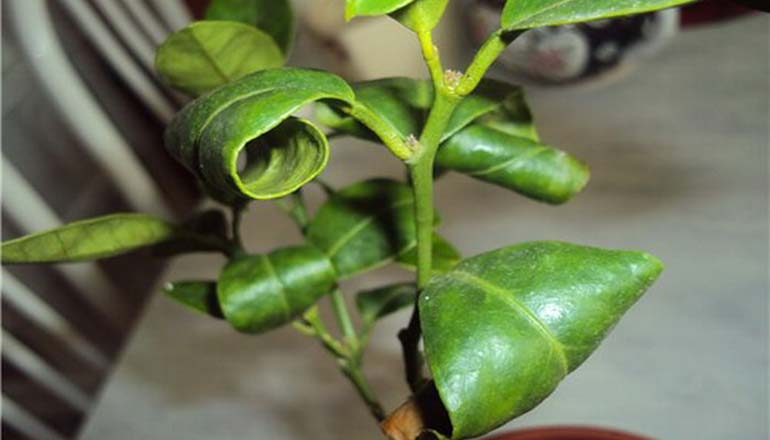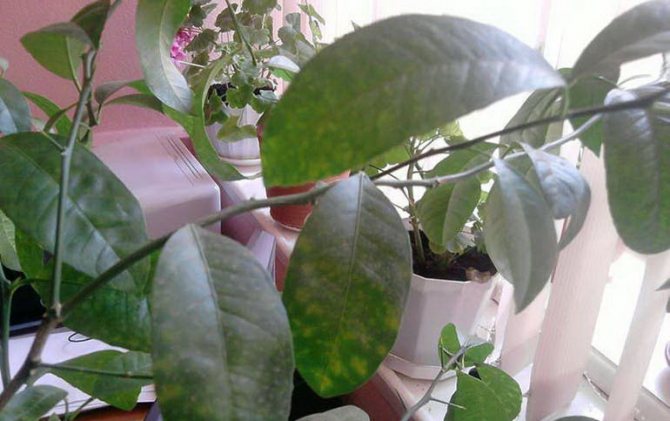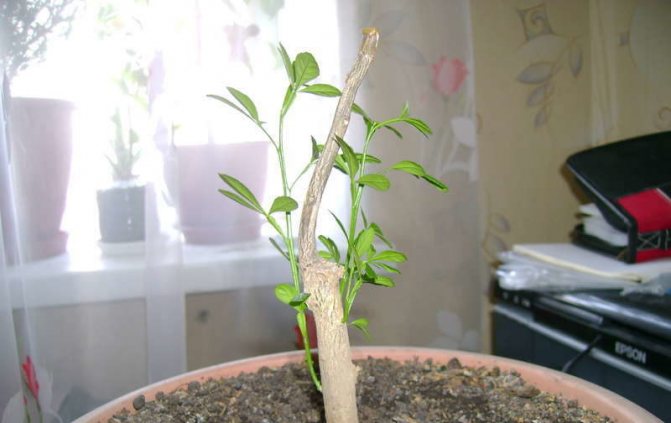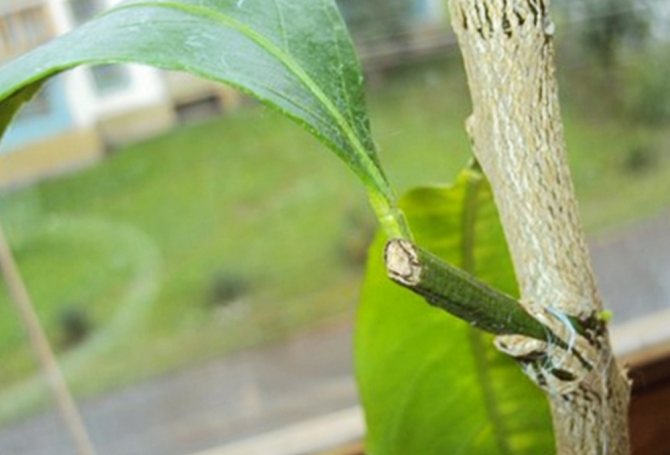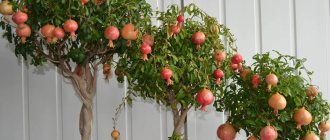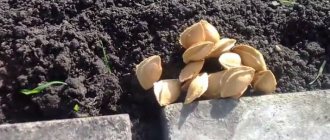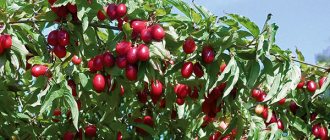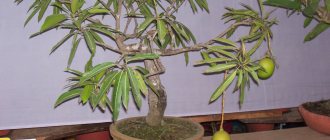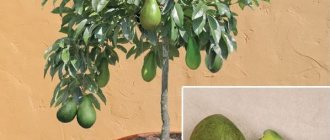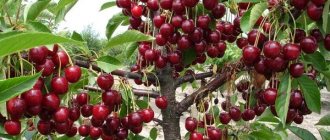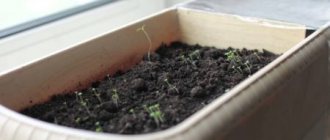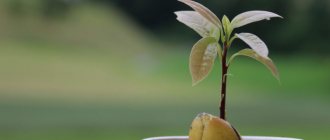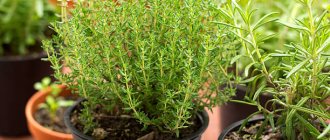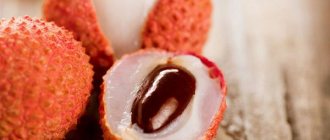Probably, as a child, you also buried a tangerine seed in a pot with an indoor flower in the hope that it will sprout and grow a real tangerine tree? Most likely, it germinated, but soon died. But it is really possible to grow a tangerine at home, and it is not so difficult. Let's find out how to grow a citrus tree, and what needs to be done to make it produce sweet and aromatic fruits.
Is it possible to grow a tangerine from a bone at home
Mandarin is an exotic citrus plant that is a short evergreen tree. In its natural environment, it grows in the southern latitudes: in China, Morocco, Japan and South Korea. In these countries, mandarin is the same common fruit plant as apple trees are for us.
Mandarins love a mild climate. And similar conditions can be recreated in an apartment. Therefore, tangerine seeds can be planted in flower pots: citrus trees will grow from them, and over time they will even begin to bloom. True, it will be in 9-10 years. And the fruits will be small and tasteless. But this can be fixed. First, we will tell you how to properly plant a tangerine seed so that a healthy plant grows from it.
Growing a tangerine tree
It is not easy, but at the same time an interesting process that takes time and effort. Conventionally, the cultivation of an exotic plant can be divided into several important stages. Let's consider each of them separately.
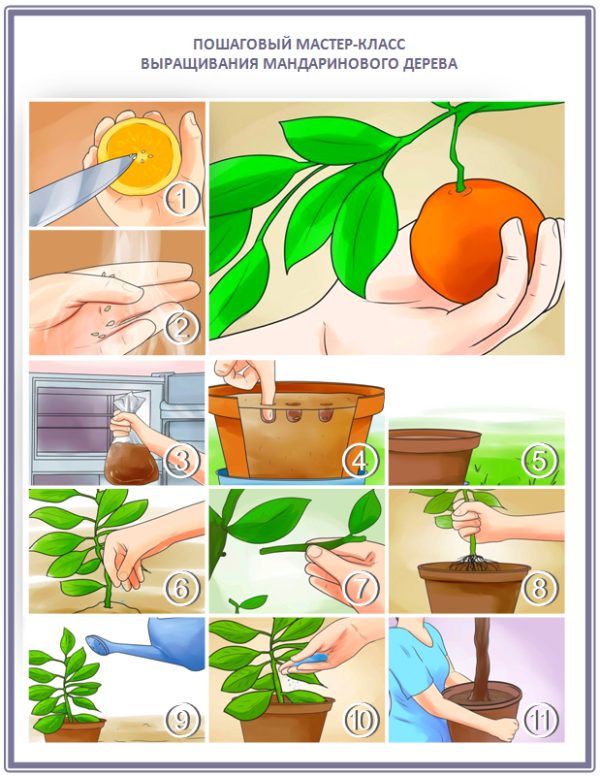
How to grow a tangerine tree with your own hands
Soil preparation
All citrus fruits do not grow well in acidic soil, therefore, when preparing the potting mix, you need to make sure that it does not contain peat. Ready-made mixtures are sold in special shops for florists, but most of them contain peat. Therefore, it is advisable to prepare the soil for tangerines on your own, using river sand, humus and turf.
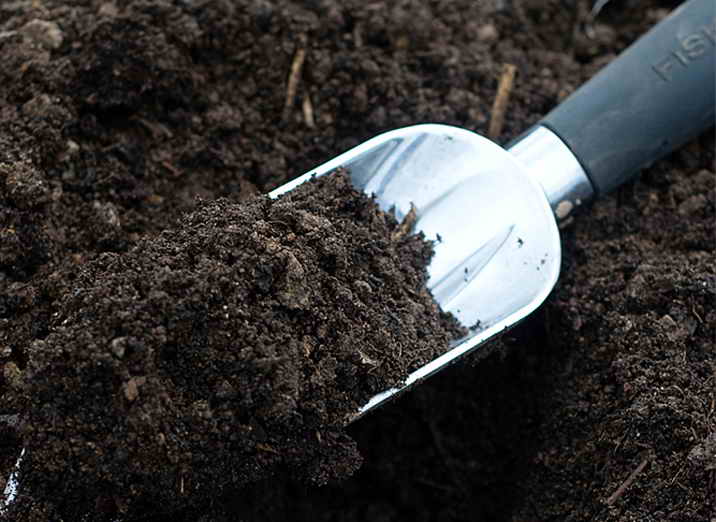

It is important that the soil is not acidic
You end up with a light potting mix that produces good potting. If you do not have the opportunity to prepare potting mix, you can still buy one at the store. But when choosing, carefully read the composition. It is advisable to buy a mixture designed for growing roses or citrus fruits.
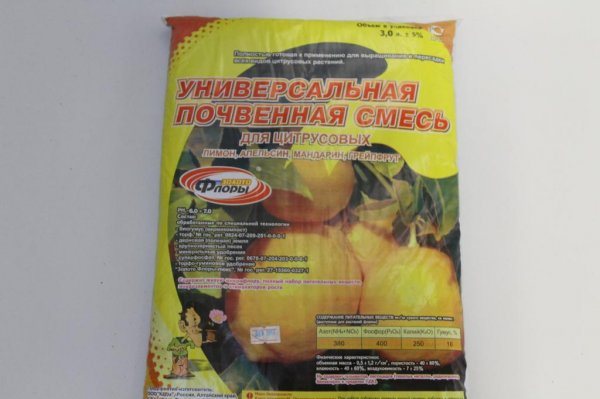

Universal potting mix
Preparing the seeds
For planting seeds, it is recommended to take only healthy tangerines, on which there are no damage or signs of rot. For the best effect, you need to plant already hatched bones, so they must be pre-processed. This can be done in two ways - using a napkin or a special hydrogel.
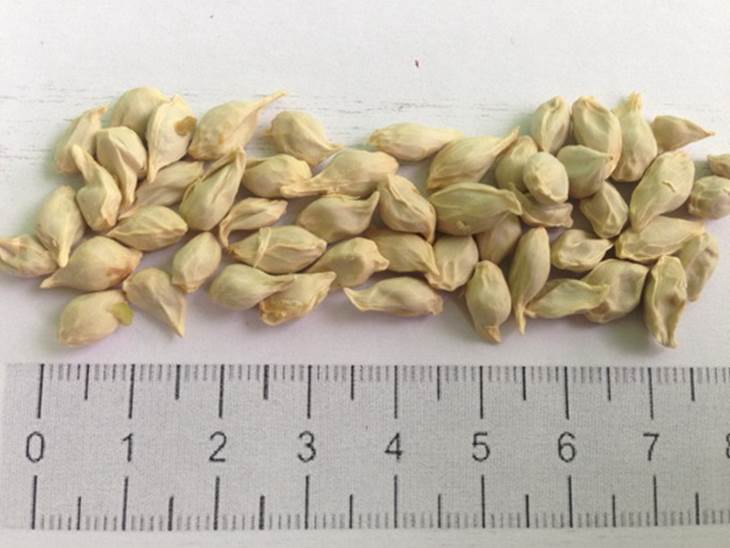

Preparing mandarin seeds
- Germination through a napkin... The most common method used for growing all types of citrus fruits, including tangerines. It is necessary to wrap the bones in a dampened napkin and put them on the windowsill for a couple of days. During this time, the bones will swell and gradually begin to germinate. It is only important to ensure that the napkin (gauze can also be used) is constantly wet.
- With the help of a hydrogel... In flower shops, a special tool is sold in which you can pre-prepare the seeds.The hydrogel provides constant moisture, so the tangerine seeds swell quickly and, as a result, germinate.


Hydrogel appearance
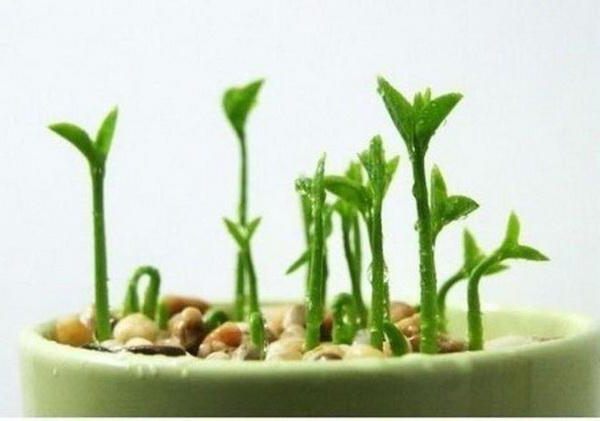

Seedling care
On a note! It is not necessary to germinate tangerine seeds before planting. They can be planted in the soil without presoaking. This greatly simplifies the growing process, but the first tangerine sprouts can be seen much later than when planting the hatching material.
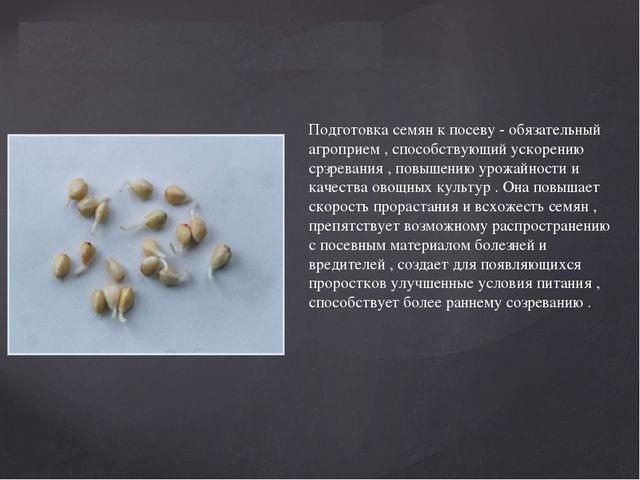

Rules for preparing seeds for sowing
Getting started planting
You can use a regular pot or seedling box as a container for planting tangerine seeds. The planting process itself is simple and not much different from planting seeds of other plants. You just need to strictly follow the recommendations and rules. Below is a step-by-step instruction for planting tangerine seeds, the observance of which will greatly facilitate the growing procedure and avoid common mistakes that beginners often make.
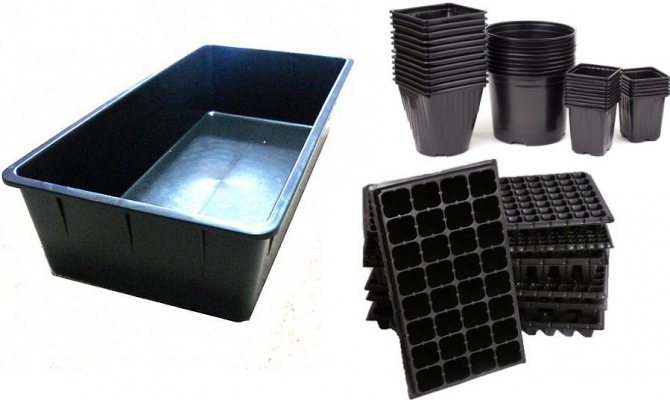

Growing container options
Table. Planting tangerine seeds in the ground.
| Steps, photo | Description of actions |
| Step one | Cover the bottom of the pot with a light layer of drainage. It can be a brick break or small stones. The recommended thickness of the drainage layer is 3-4 cm. |
| Step two | Once the drain is covering the bottom of the pot, add the prepared potting mix to the top. You can also use a store product. |
| Step three | Plant the swollen tangerine seeds carefully at a short distance from each other. Several seeds should go to one pot (about 4-5). |
| Step four | Sprinkle a small layer of potting soil over the planted seeds to cover them. It is impossible to tamp the soil, this will negatively affect the development of the tangerine tree. |
| Step five | Sprinkle the topsoil in the pot with a spray bottle. For this purpose, you can use ordinary water, only warmed up to room temperature. |
| Step six | Cover the pot with plastic wrap after watering. This will accelerate the growth of exotic culture. On this, the process of planting tangerine seeds can be considered complete. |
With the onset of cold weather, it is advisable to put a pot with a tangerine tree in a warm place, for example, on a radiator. Such manipulation will improve the growth of the plant and prevent the development of various diseases.
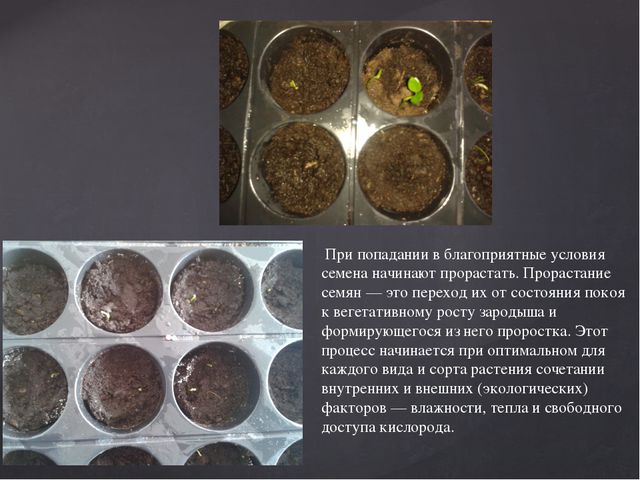

Seed germination
Preparation of planting material
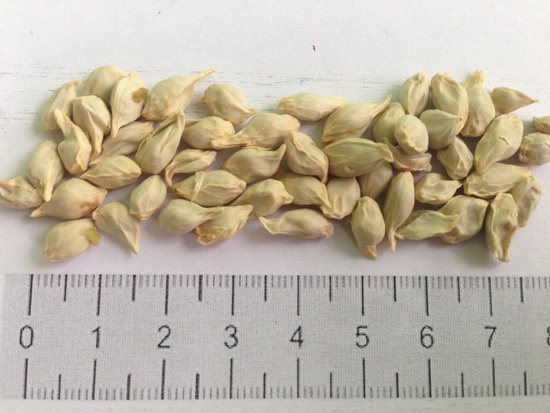

Tangerine seeds can be obtained from regular store-bought tangerines. For planting, you need to choose the largest ones: they will grow strong seedlings with a well-developed root system. Small ones may not germinate at all. Another important condition is that the seeds must be taken fresh, just removed from the fruits. If they have time to dry, you will wait a long time for seedlings from them.
In order for the seeds to sprout faster, they need to be wrapped in a cotton pad (or cloth) dipped in water and kept for 5 days. When dry, the cotton wool needs to be additionally moistened. After 5 days, the seeds will swell and it will be easier for them to hatch. You can even germinate them by keeping them in a wet cotton pad for a few more days. But it is better that they still ascend while in the ground.
Advice! Even if you only want to plant one tangerine tree, plant at least 4-5 plants initially. Some of them may not rise, while others may die, catching an infection. And then you will have 1-2 trees.
Conditions for planting and growing
In order for tangerine seeds to germinate, they need to create a comfortable environment. For growing tangerines, prepare a loose, neutral nutrient soil. You can buy a ready-made soil mixture with a pH in the range of 6.5-7. You can make it yourself by mixing:
- 1 part river washed sand;
- 2 pieces of leafy land;
- 2 parts of rotted humus.
Advice! Do not add peat to the potting mix. It is very loose but sour. In it, the tangerine will develop poorly and often get sick.
Disinfect the prepared soil by calcining it in the oven at a temperature of about 80 ° C for two hours. You can ignite it in a frying pan. Another way to rid the soil of harmful microorganisms is to water it with a dark solution of potassium permanganate. But then you have to wait for it to dry out.
For planting tangerines, prepare 200 ml seedling cups. They can also be planted in a common bowl about 8-10 cm deep. A mandatory requirement for a container is the presence of drainage holes to drain excess moisture.
Planting tangerine seeds
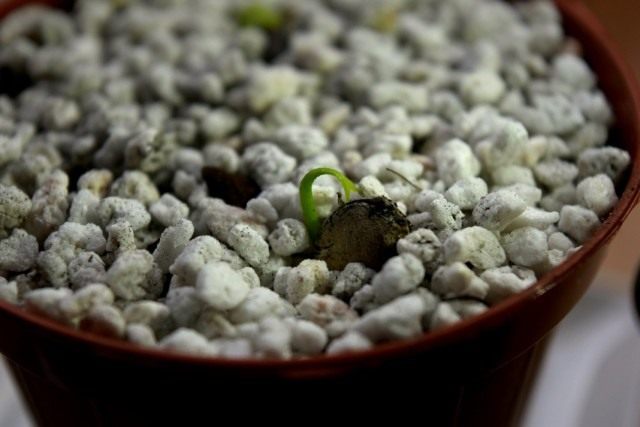

Planting mandarin seeds is as follows:
- Fill the seedling cups (or bowl) with loose and nutritious soil so that there is about 2 cm of free space to the top edge.
- Use a stick (or pencil) to make small indentations (about 2-2.5 cm).
- Place one mandarin seed in each cavity. If the seed has already sprouted, then it must be lowered by the sprout down, because this is the root.
- Water the soil liberally.
Cover the cups or a common dish with a plastic bag or glass to provide the seeds with high air humidity and stable heat. If you don't cover the planting, the seeds will still germinate, but this may take longer. Place the containers on a well-lit windowsill.
The main methods of vaccination
There are three methods of grafting mandarin at home: for the bark, in the cleft and with eyes. All methods are quite simple, but they require knowledge of the technology.
For the bark
How to graft a tangerine tree over the bark:
- A branch is cut off on the stock, the bark is cut on it by about 3 cm.
- The edges of the bark are opened and a pointed scion with an oblique cut is placed there so that the surfaces of the plants are connected.
- Up to 3 scions are grafted onto powerful shoots at intervals of up to 4 cm from each other. If vaccinated in a circle, the tangerine tree will have a lush crown.
- The graft is fixed with electrical tape.
- The tree is placed in a greenhouse, periodically ventilated.
Into the cleft
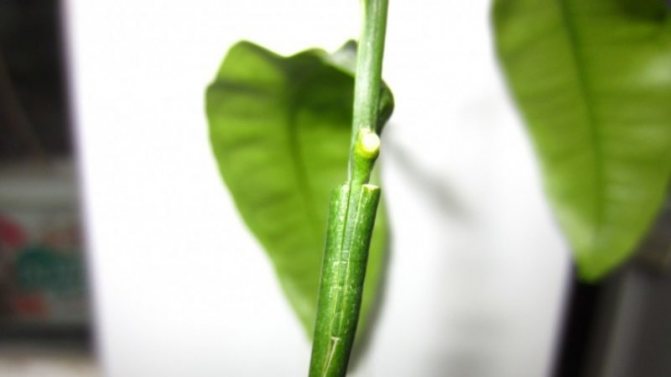

How to pinch a tangerine correctly:
- A branch is cut on the rootstock at a distance of 10 cm above the ground. The resulting foam is split to a depth of 3-5 cm.
- In the lower part of the scion (branches with buds), a wedge is formed by two cuts at an angle of 3-4 cm long.
- The wedge is inserted into the split so that the sections are tightly connected to each other on one side.
- The grafting site is fastened with electrical tape.
- The tree is placed in a greenhouse from a bag or plastic bottle. To avoid decay, the greenhouse is aired daily.
Budding
Budding, or peephole (single bud) grafting, is considered the most effective and least damaging method. Sequencing:
- The stem of the stock is wiped with a damp cloth to remove dust.
- A peephole is carefully cut from the scion branch - the place of the bark with the bud.
- On the bark of the stock with a sterile instrument, a dissection is made at a distance of 6-10 cm from the surface of the earth in the shape of a T with a vertical strip of 1 cm and a horizontal strip of 2-3 cm.
- The bark on the tree is turned back with a knife, a peephole is placed inside and pressed down with bark.
- Open areas are treated with garden varnish, rewound with electrical tape so that the kidney is open.
- The tree is placed in a greenhouse for 15 days, which is aired daily.
- After a month, the apical stem of the stock is trimmed by 10 cm.
A sign of a successful vaccination is a yellow eye color after 10 days.
Rules for caring for a mandarin sprout
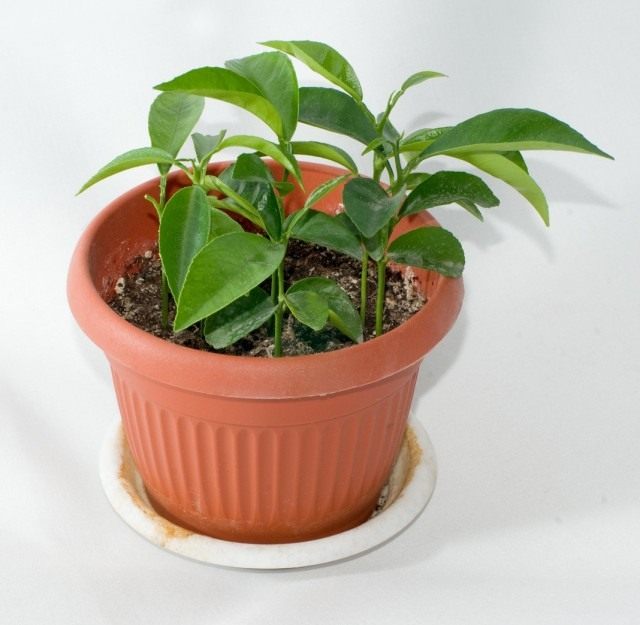

After 5-7 days after planting the tangerine seeds, you will see the first sprouts. They need special care to develop into strong trees. We will find out in what conditions the tangerine needs to be kept, and how to properly care for it.
Transfer
When the mandarin seeds sprout, remove the film (glass) from the container. Citrus plants develop very quickly. Therefore, after the cotyledon leaves, the first true leaf will soon grow. This means that the time has come to transplant the sprouts into new individual pots. They should be larger. For this, flower pots with a volume of 900-1000 ml are suitable.
Step-by-step instructions for transplanting sprouts into individual containers:
- Pour a drainage layer down the pot. It can be small pebbles, chipped bricks or foam torn into pieces.
- Then add some soil. It should be the same as the one you used to germinate the tangerine seeds.
- Water the tangerine sprouts liberally so that they can be easily removed from the soil along with the root.
- Take out the sprout, put it in the pot and, holding it with one hand, fill it with soil so that it is buried 1 cm above the level that it was before.
- Moisten the soil and sprinkle it with a small layer of dry soil so that after watering, a hard crust does not form on the surface.
In the future, the mandarin will need a transplant every year. The diameter of the pot should increase by 1-2 cm every year. An unscheduled transplant may be required. This happens when the soil is depleted so much that old leaves begin to fall off, and new ones grow small and frail.
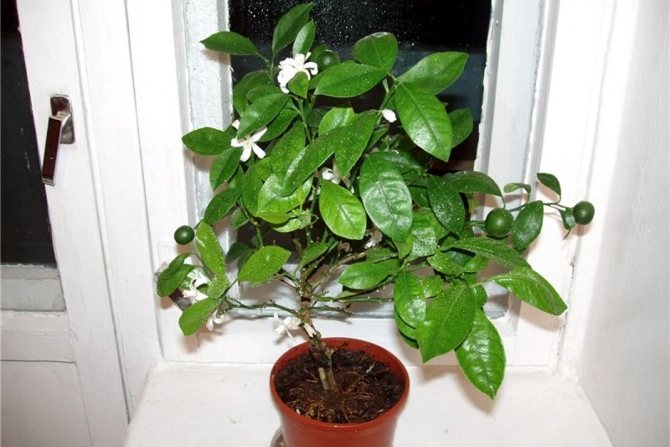

Advice! The best time to transplant is the beginning of the active growing season. Tangerine trees come out of hibernation in spring (March-April).
Top dressing and fertilizers
In the first year, tangerines do not need feeding, as they have enough nutrients that are contained in the soil. Starting from the second year of the growing season, the tree is fed every 2 weeks. To do this, you can use:
- Chicken droppings. It cannot be used in its pure form, so it must be diluted in water in a ratio of 1 to 20 and infused for several days. The resulting infusion must be diluted again in water in the same ratio before use.
- Infusion of mullein. This is the name of cow dung diluted in water in a ratio of 1 to 10.
- Complex fertilizer for citrus fruits. For example, Bona Forte or Zdraven.
If you have planned a transplant, then feeding should be stopped at least 3 days in advance. In winter, tangerines are not fertilized, since in the Russian climate at this time it is in a dormant period.
Watering
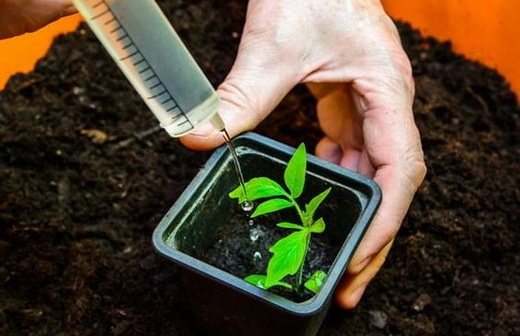

Water the tangerine tree as the soil dries out. Citrus plants do not like waterlogging of the soil. To find out if the clod is dry, tap the pot with your knuckles. If the echo is resonant, it's time to water, if it's deaf, there is still enough water. You need to pour so much water that it begins to seep through the drainage holes.
Mandarins love to be sprayed with water on their leaves. But you need to do this with water at room temperature that has been separated during the day. Citrus plants need to wipe the leaves if dust has settled on them.
Advice! During the rest period, keep the soil dry. So cut back on watering and stop spraying the leaves.
Temperature
In the early years, the temperature of the air at home is not so important for a young tangerine. The main thing is to keep it warm. But when the plant begins to bloom, good conditions must be created for it for both a dormant period and a period of active growth.
In winter, the tangerine should be at a temperature of about + 10 ... + 12 ° C. In spring, the temperature should be increased to + 17 ° C to stimulate the formation of buds. To maintain flowering and fruit set in summer, it must be maintained at +25 ° C. But the heat must not be allowed, otherwise the flowers will disappear. Also, do not expose them to water.
Lighting and location
Mandarin loves a lot of light. But he must be absent-minded. Leaves can wilt in direct sunlight. Therefore, place the tree on a well-lit windowsill and give it a light shade.
If there is no place in the home that is well lit by the sun, use artificial light. For additional illumination of tangerines, special phytolamps are needed, which emit the range of light waves that are necessary to maintain the processes of photosynthesis.
Air and humidity
Mandarins love moist air. Therefore, in winter, when the air in apartments becomes especially dry, the tree suffers from a lack of moisture. It is advisable to use a special humidifier to humidify the air. An alternative method is to hang wet sheets indoors.
Citrus trees don't like drafts. Therefore, they do not need to be placed near an open window. For the same reason, you cannot take the plant out onto an open balcony. But if it is glazed, and it is warm enough, then the tangerine will feel good there.
Diseases and pests of mandarin seedlings
Mandarin can be settled by:
- flies;
- aphid;
- ticks.
It is not necessary to use insecticides to kill the pests of the tangerine tree. You can deal with them by washing the stems and leaves with running water and using soap. To prevent the reappearance of pests, put onion peels or garlic in a pot of tangerine. You can also periodically water it with infusion of garlic or onion peels.
With systematic waterlogging of the soil, tangerine is affected by fungi. First, a white bloom forms on the soil, then the aerial part of the plant begins to suffer. This happens when the roots have started to rot. In this case, a tree transplant and preventive treatment of its crown and roots with a fungicide solution is needed.
Pest and disease control
In indoor conditions, the tree is often exposed to diseases and suffers from harmful insects. The most common pests are:
- aphid;
- citrus whitefly;
- shield;
- spider mite.
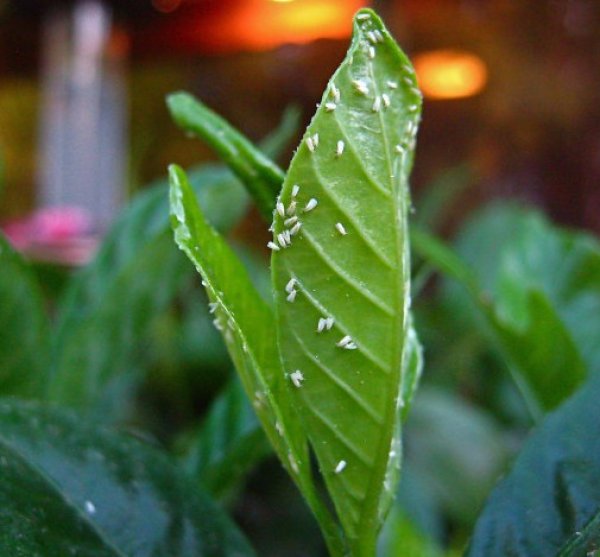

Aphid
These small insects feed on the sap of the tree, which causes depletion and even death of the plant. Like most indoor flowers, tangerines require regular inspection, because pests often hide on the inside of the leaf. If a cobweb or insects appear on the tree, you must immediately take action:
- The plant is taken to the bathroom and thoroughly washed under a warm shower. Almost all parasites are afraid of water.
- In an apartment, it is better to use folk remedies for treatment. To do this, you can make a tincture of garlic or onion husks. You can wash the aboveground part with soapy water.
- In case of severe damage, the tangerine is treated in several steps with special insecticides (Aktelik, Aktara, Fitoverm).
Plant problems can also arise as a result of improper care. For example, with constant waterlogging of the soil, small flies can be seen on the surface. To get rid of unwanted inhabitants of the flowerpot, it is necessary to reduce the frequency of watering, loosen the soil and sprinkle it with Thunder-2.
High humidity can provoke the appearance of a fungal disease - anthracnose. The aerial part is covered with pale green spots, which later acquire a dark color. For treatment, the affected parts should be cut off, and the tree should be treated with a fungicide according to the instructions. For prevention, it is recommended to spray the deciduous part with Bordeaux liquid (1%) several times per season.
Note!
Hommosis of citrus fruits poses a great danger, because it is difficult to determine by its appearance. The fungus affects only the trunk bark and the main roots of the tree.
It is impossible to determine the presence of the disease by the leaves, because they are affected by the fungus last, when the trunk or branch has already died. Before treatment, the cause of the disease must be eliminated, which may include:
- lack of phosphorus and potassium with an excessive amount of nitrogen in the soil;
- poor drainage or lack of it;
- strong deepening of the seedling;
- mechanical damage, which became an "open window" for infection.
In addition to eliminating these causes, the wound on the trunk should be cleaned and disinfected. A 3% solution of copper sulfate is suitable for this. After that, the place of damage is treated with garden varnish. The procedure should be carried out until the tangerine is fully recovered. If the treatment does not give positive results, the plant is completely destroyed.
How to grow a tangerine with fruits at home
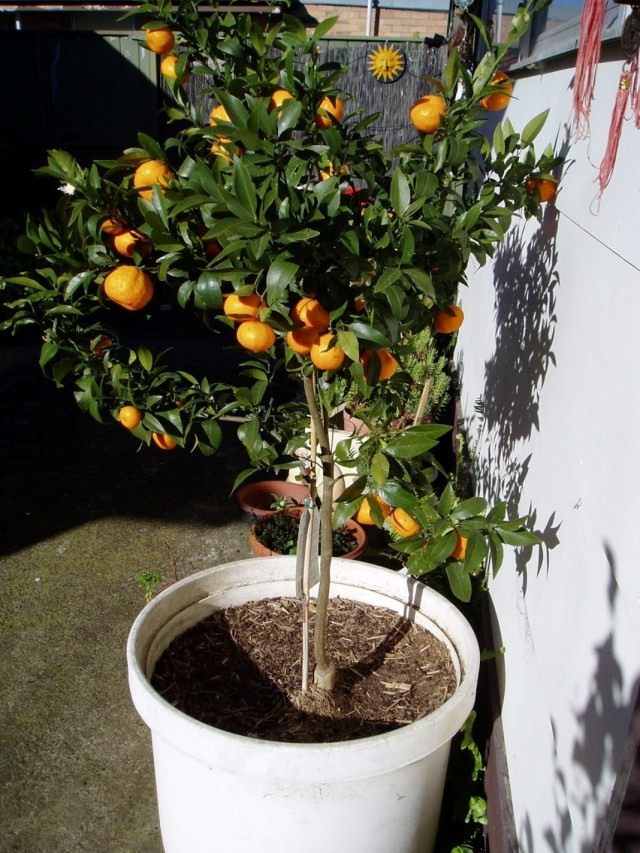

Growing a mandarin from a seed provides for late flowering. Usually, the first flowers in tangerines grown from seeds appear in the 9-10th year. But this time can be shortened. Let's find out what needs to be done for this.
Pruning
Flowers in citrus plants begin to appear on the shoots of the fourth order. But in the first years, the main shoot grows in the trees: it branches very poorly. In order for the tangerine to start delighting you with fruits faster, you need to cut it off. Pruning stimulates the growth of lateral shoots, improves the decorative qualities of the crown and speeds up the time of first flowering.
The main tangerine shoot is pinched when it reaches a height of 20 cm. For this, the apical bud is broken off with the help of tweezers treated with alcohol. After some time, side branches will begin to grow. They are also pinched when 3-4 leaves are formed on them. And this must be done with each new order. But thickening should not be allowed: for this, remove the branches growing inside the bush, as well as fattening shoots.
Important! Pruning a tangerine tree helps to achieve flowering as early as the 4th year after sprouting. However, there is no guarantee that the developing fruits will have the same decorative and taste qualities as tangerines from the store. Most likely, these will be small wild fruits with a sour taste. However, some may be lucky: according to the laws of genetics, 25% of tangerines grown from the bone will be just as large and tasty.
Vaccinations
Another way to speed up the appearance of the first fruits is to inoculate a mandarin. The procedure helps to get the first fruits as early as 2 years after it. You will need one branch of a varietal tree. You can borrow it from those who already grow this plant at home.
There are three options for grafting a tangerine tree:
- With a V-shaped cut made towards the center of the rootstock, into which the branch is inserted.
- With a T-shaped cut, into which a piece of wood with bark and bud is inserted.
- Acute angle inoculation. This option is suitable when the diameters of the rootstock and scion are the same. Places of cuts are connected.
The grafting procedure must be carried out quickly. The vaccination site must be tightly bandaged and treated with garden varnish. In order for the scion to take root better, the tangerine is watered with growth stimulants (for example, Epin) and covered with a transparent plastic bag to create comfortable conditions.
Attention! To grow a grafted mandarin, you don't have to grow a mandarin. You can use a lemon or other citrus tree. But it is believed that it is the wild lemon that has the strongest root system. Therefore, it is most often used for vaccination.
How to plant a bone
The seeds go 1-4 cm deep into the ground. Then water it, cover the container with glass or cellophane and put it in a warm, dark place. This will provide the necessary conditions for germination. As it dries, watering is repeated. After emergence, the container is moved to the windowsill.
Cellophane, glass should be removed immediately after the sprout appears, since the tangerine will quickly get used to humidity and will need to be taught to drier air.
This citrus comes from warm regions, so the optimal temperature for its development is in the range of 20-25 ° C. Growth stops at temperatures below 17 ° C.
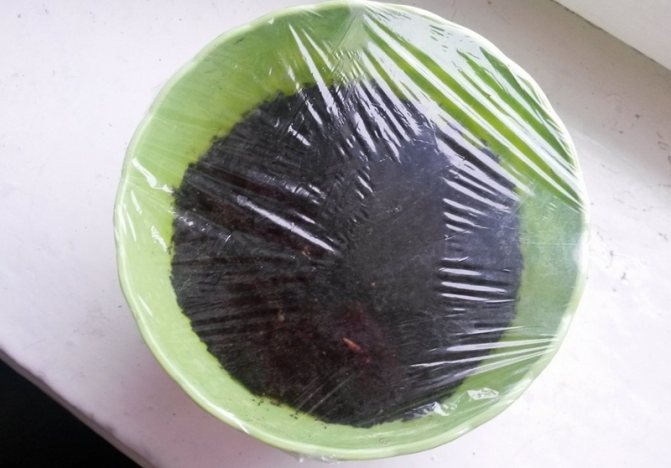

Features of growing mandarin
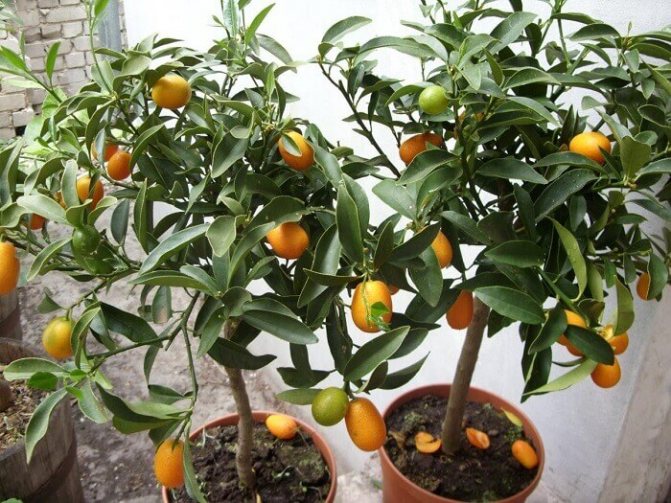

Those who first started growing a tangerine tree at home often face the following problems:
- The lower leaves dry at the ends and fall off. This happens with regular waterlogging of the soil. Repot the plant by removing the rotten roots and cut back on watering.
- The leaves began to turn yellow: first they turned yellow from below, then from above. This indicates that the soil is poor in nitrogen. Feed the plant with organic fertilizers: mullein or chicken droppings.
- The leaves turn yellow: young leaves are already formed yellow, and then the plant turns yellow in the lower part of the crown. This indicates a lack of iron. Iron vitriol will help fill its deficiency.
- Mandarin blossoms but does not form fruit. Chances are it's too hot in your house.
- Leaves began to fall off the tree. This can cause either too dry air or a lack of potassium. If you are sure that the air humidity in the apartment is normal, pour a potassium nitrate solution over the tree. If not, humidify the air.
- If the leaves become light and their size has increased, they do not have enough light. Place the pot in a different, lighter spot. If this is not possible, purchase an artificial light source.
Attention! In mature trees, leaves can fall from old age. If the plant develops well, does not get sick, regularly blooms and forms fruits, then this is normal.
Anyone can grow a tangerine from a bone. Despite the fact that this is an exotic plant growing in warm countries, similar conditions of detention can be recreated in every apartment. With proper care, a tangerine tree can grow up to 1.5 m in height and consistently delight you with fragrant and juicy fruits.


